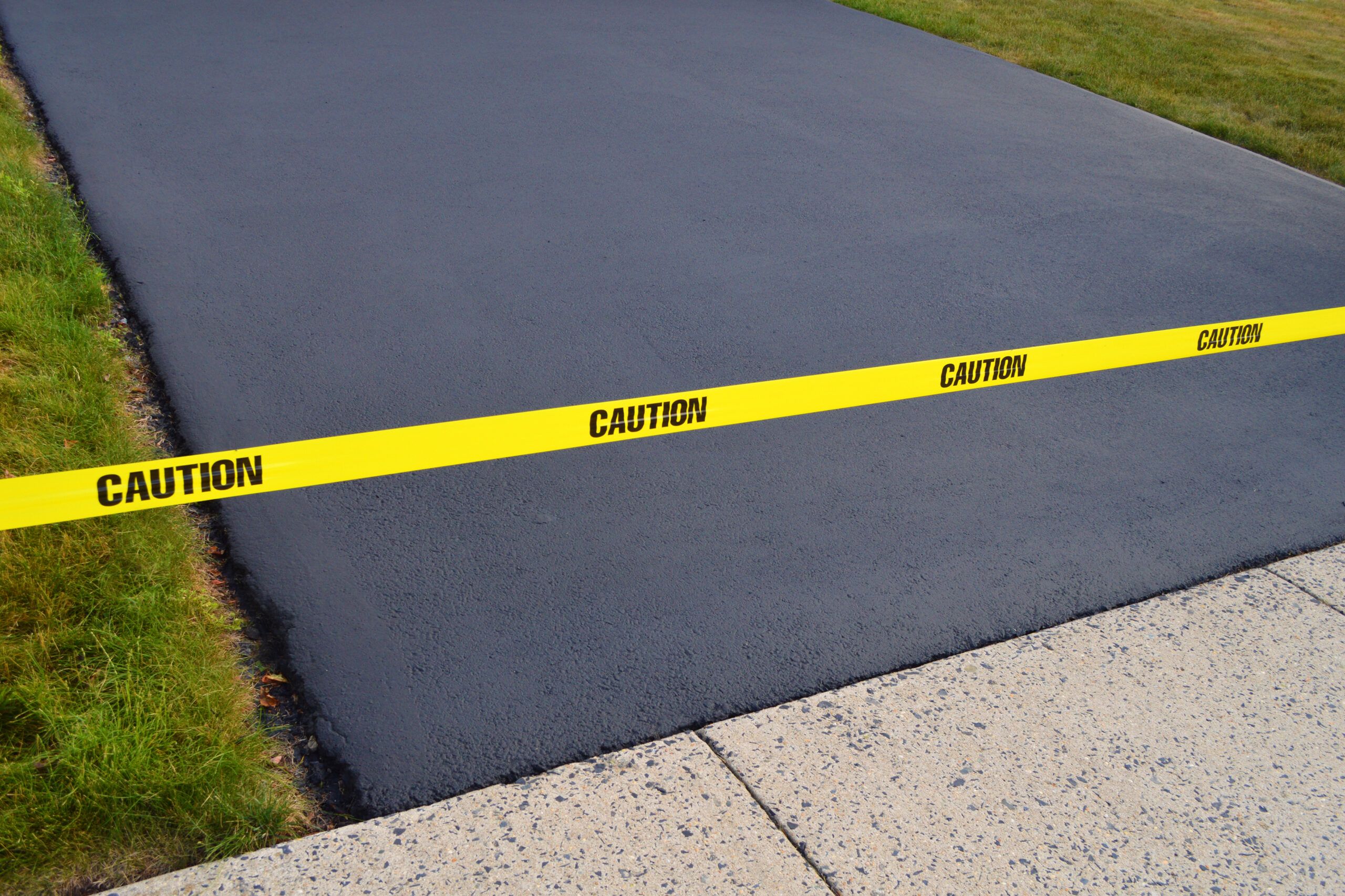Open the Secrets of Asphalt Sealing: Maximizing Warm Mix Asphalt Long Life
Open the Secrets of Asphalt Sealing: Maximizing Warm Mix Asphalt Long Life
Blog Article
Hot Mix Asphalt: A Lasting Remedy for Sidewalk
Hot Mix Asphalt (HMA) has become a leading sustainable selection for sidewalk options, providing a myriad of ingenious technologies and ecological advantages. Its capacity to lower and reuse products energy intake offers an engaging instance for its fostering in road building and construction jobs. The lasting performance and sturdiness of HMA make it a recommended choice for infrastructure advancement. As the need for eco-friendly building practices expands, checking out the subtleties of HMA's sustainability can provide valuable insights into the future of pavement solutions.
Environmental Benefits of Hot Mix Asphalt

Moreover, Warm Mix Asphalt aids to mitigate metropolitan warmth island effects. Its dark color soaks up sunlight, decreasing the amount of warmth reflected back into the ambience contrasted to lighter-colored pavements. This can lower ambient temperature levels in metropolitan areas, reducing the need for air conditioning and ultimately minimizing power intake.
In enhancement, Warm Mix Asphalt adds to improved stormwater management. Its porous nature allows water to reenergize and penetrate the sidewalk groundwater products, minimizing overflow and the risk of flooding. These environmental advantages make Hot Mix Asphalt a lasting selection for paving roadways and freeways.
Power Performance in HMA Production
Is power effectiveness a critical factor in the production of Hot Mix Asphalt (HMA)? Power plays a significant duty in the manufacturing of HMA, influencing both expense and environmental sustainability. One essential element of energy efficiency in HMA production is the use of warm mix asphalt (WMA) modern technologies.
Furthermore, advancements in plant modern technologies have actually brought about even more energy-efficient HMA production processes. Modern plants are created with functions like recycled asphalt pavement (RAP) handling abilities, efficient burner systems, and boosted insulation, all adding to power cost savings. By maximizing energy use in HMA manufacturing, the industry can reduce its carbon footprint while preserving high-grade sidewalk materials. Energy efficiency is, as a result, an essential factor to consider in making sure the sustainability of Warm Mix Asphalt manufacturing.
Recyclability of Hot Mix Asphalt
The recyclability of Hot Mix Asphalt (HMA) is a crucial element of its sustainability and long-term environmental effect. HMA is one of one of the most recycled products in the USA, with over 100 million tons of recovered asphalt pavement (RAP) being recycled every year in new sidewalk construction. Reusing HMA offers a number of ecological benefits, such as minimizing the requirement for virgin products, decreasing energy intake during production, and decreasing the amount of waste sent out to landfills.
The procedure of reusing HMA includes milling the existing sidewalk, squashing it into smaller sized pieces, and blending it with new aggregate and asphalt binder to create a recycled mix. This recycled mix can typically carry out in addition to and even much better than conventional HMA, while needing less resources and creating lower greenhouse gas emissions. By incorporating RAP right into brand-new sidewalk tasks, roadway agencies can preserve natural deposits, decrease costs, and decrease the environmental impact of road construction and upkeep tasks. Generally, the recyclability of click here now HMA plays a considerable function in promoting lasting methods within the sidewalk sector.

Long-Term Efficiency of HMA
Asphalt sidewalks show toughness and resilience over an extensive period, showing the long-term efficiency of Hot Mix Asphalt (HMA) Additionally, innovations in HMA modern technology, such as the usage of polymer-modified binders and cozy mix asphalt, have actually further enhanced the toughness and long life of HMA pavements. By focusing on quality building and construction and maintenance techniques, HMA proceeds to confirm itself as visit their website a lasting and affordable option for resilient sidewalk framework.

HMA: Sturdiness and Sustainability
Demonstrating both sturdiness and sustainability, Hot Mix Asphalt (HMA) has ended up being a keystone in the construction of lasting pavement frameworks - commercial parking lot paving. HMA's longevity stems from its capability to endure hefty lots, harsh weather, and high traffic volumes, making it a reputable choice for highways, freeways, and airport terminal paths. The composition of HMA, which usually consists of accumulations, binder, and filler, plays an essential duty in enhancing its durability and resistance to tear and wear
Furthermore, HMA's sustainability exists in its recyclability and energy-efficient manufacturing procedure. The ability to recycle reclaimed asphalt pavement (RAP) in new HMA combinations minimizes the demand for virgin materials and lessens the ecological influence of pavement building and maintenance. Additionally, the power performance of producing HMA hinges on its lower mixing temperature levels compared to various other pavement products, bring about reduced power consumption and greenhouse gas exhausts.
Conclusion
Finally, warm mix asphalt (HMA) provides a lasting solution for sidewalk with its environmentally friendly attributes. HMA's recyclability, power efficiency in manufacturing, and lasting durability make it an environment-friendly choice for roadway building and construction. By preserving natural deposits, reducing waste, and decreasing greenhouse gas discharges, HMA plays a critical duty in advertising sustainability in facilities development. Its ability to mitigate urban warm island effects further emphasizes its value in producing eco mindful and resilient sidewalk systems.
HMA is one of the most recycled products in the United States, with over 100 million loads of recovered asphalt sidewalk (RAP) being reused yearly in brand-new sidewalk construction.The process of recycling HMA entails crushing the existing pavement, squashing it right into smaller items, and blending it with new accumulation and asphalt binder to produce a recycled mix.Asphalt pavements demonstrate toughness and strength over an extensive period, showing the long-term efficiency of Warm Mix Asphalt (HMA) Additionally, innovations in HMA technology, such as the use of polymer-modified binders and cozy mix asphalt, have actually better boosted the sturdiness and long life of HMA pavements. The capacity to recycle recovered you can try here asphalt pavement (RAP) in brand-new HMA mixtures reduces the need for virgin materials and minimizes the environmental influence of pavement building and maintenance.
Report this page